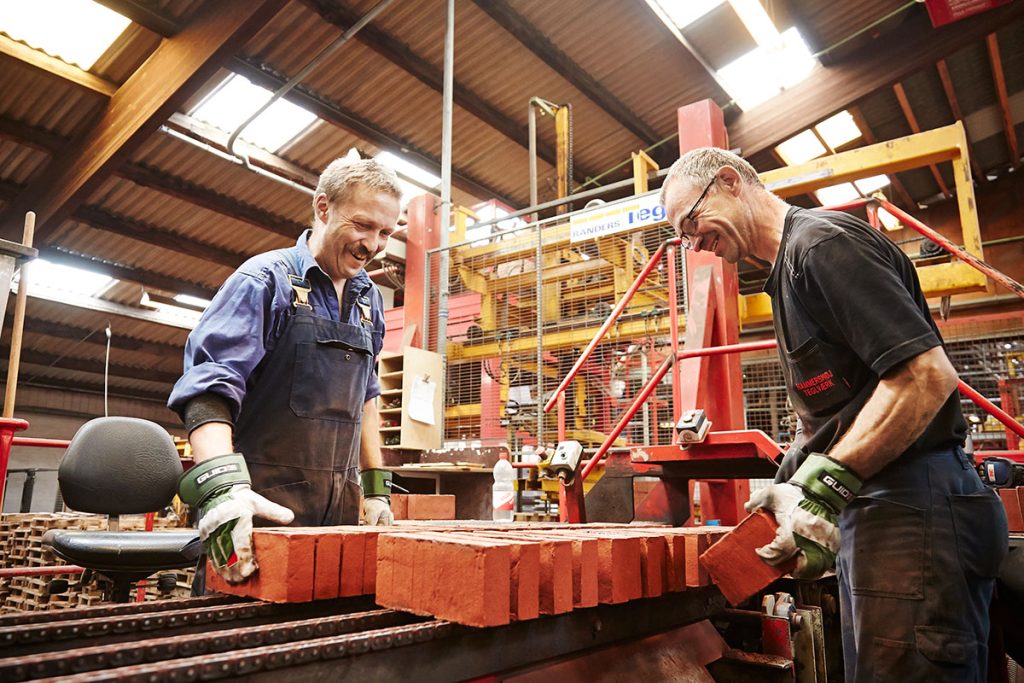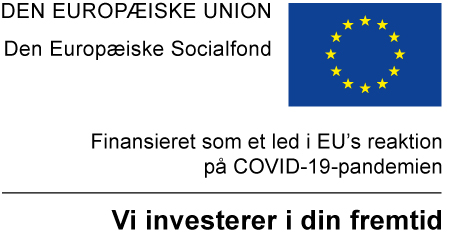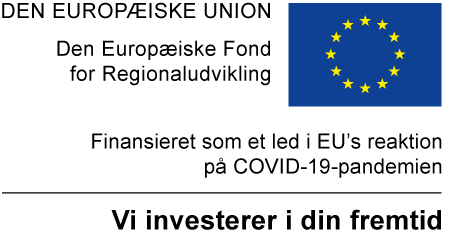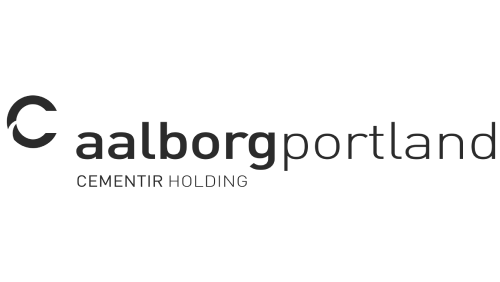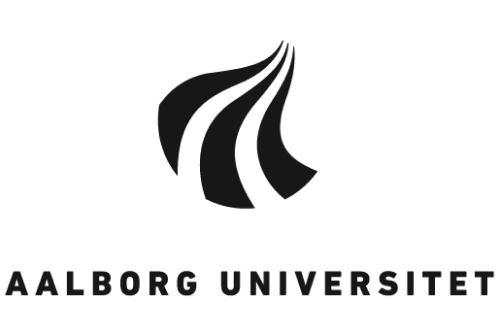At Vindø Teglværk, they have started investigating what is needed to collect CO2 from the chimney instead of releasing it into the atmosphere.
Vindø Teglværk manufactures 22 million bricks per year. Production of bricks emits a lot of CO2, both because carbon dioxide is released during firing from the lime content of the clay, which is a natural part of the stones. And secondly because natural gas is used to reach the 1,040 degrees required to burn the bricks in the 138 meter long oven. Part of this natural gas is "exchanged" for biogas through the purchase of certificates, but there is still a need to reduce the emission of CO2 in order to reach the level that the brick factory has set itself as a goal in 2030.
Vindø Teglværk is one out of five brickworks that are covered by Randers Tegl, and the group has set a goal that by 2030 it must live up to the government's 70% reduction of CO2, and that in the long term it must make production completely CO2-neutral, so that in the future the Danes can live in homes built from more "green" bricks.
"We believe that the construction industry has the potential to become much greener. And we are aware that as a supplier we also have a responsibility. Our vision is to become the most sustainable producer of brick building materials. That ambition drives our daily work towards a more efficient and green way of producing our products. Vindø Teglværk must function as a test site and pave the way for optimal and sustainable energy processes at our Danish brickworks", says Thomas Piper, CEO at Randers Tegl
Vindø Teglværk has therefore invested resources over the past year to find out which technologies can be implemented to collect CO2. Together with the Hobro company Olicem, a measuring device has been placed in the chimney of the brickworks, and the smoke has been analyzed for its constituents, including the concentration of CO2. Data from the measurements has now been handed over to Hydrogen Valley, which has started to calculate the economics of a possible investment. Because it is of course not free to build a facility for the collection of CO2, says Jakob Steenild, factory manager at Vindø Teglværk.
We are talking about capital costs that are far above what we normally operate with. In addition, there are operating costs – among other things in the form of electricity, which should preferably come from renewable sources to ensure the green element in the process. We do not know what taxes we will see in the future - or what a market for the sale of CO2 will look like. So there are a lot of unknowns, he says.

